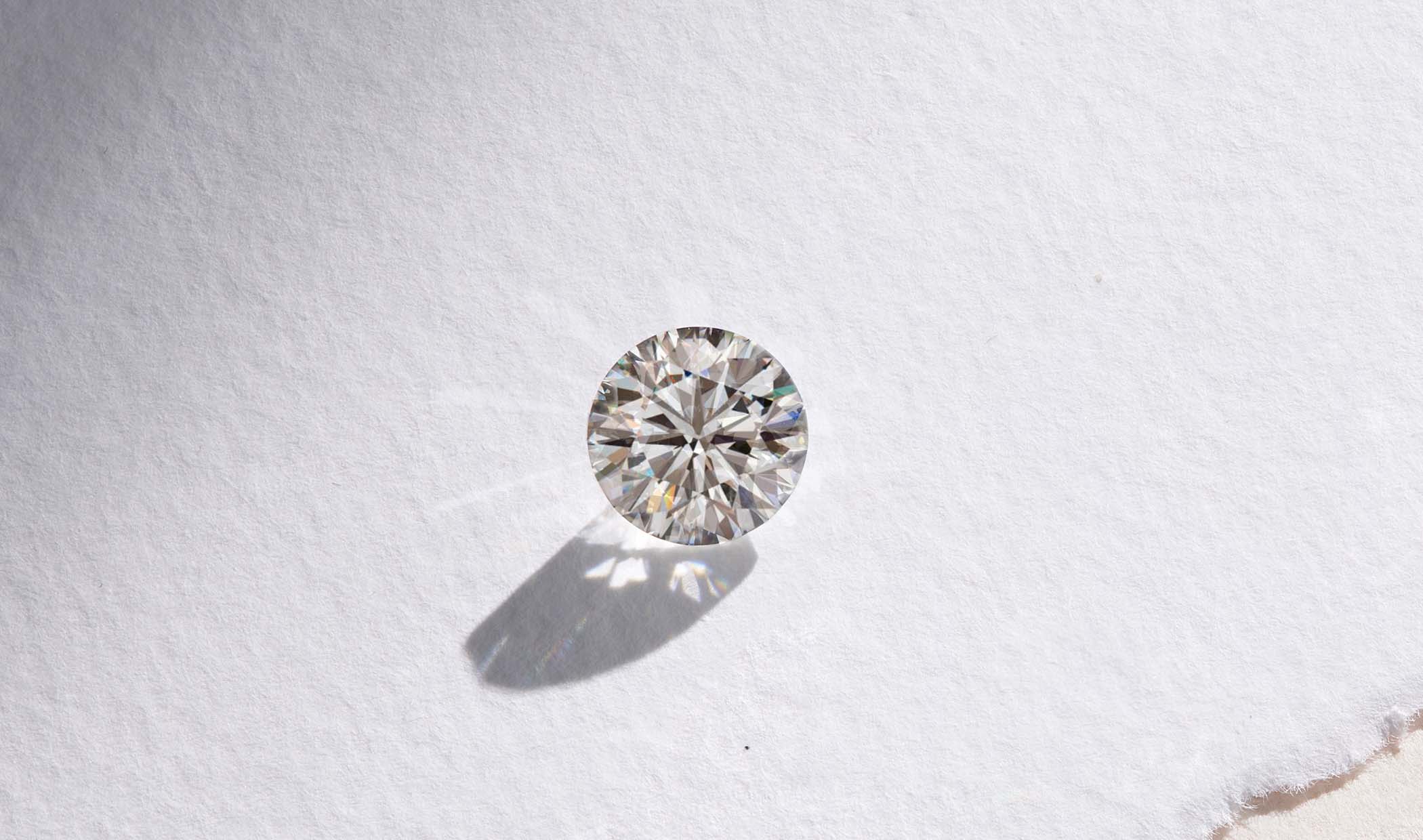Are you in the market for a gemstone that combines beauty, durability, and affordability? White sapphires might just be the answer. But how do they compare to other gems like diamonds? What are the advantages and disadvantages of choosing a white sapphire for your jewelry? Let’s dive into the world of white sapphires and uncover their pros and cons.
Understanding White Sapphires
White sapphires, a member of the corundum family, are colorless gemstones that have been used in jewelry for centuries. Unlike their more famous cousin, the blue sapphire, pros and cons of white sapphire lack color due to the absence of trace elements like iron and titanium.
Pros of White Sapphires
1. Affordability
One of the most significant advantages of white sapphires is their cost. Compared to diamonds, white sapphires are much more affordable. This makes them an attractive option for those looking to get the most sparkle for their buck without compromising on size or quality.
2. Durability
White sapphires rank 9 on the Mohs scale of hardness, just below diamonds. This means they are highly resistant to scratches and everyday wear, making them ideal for engagement rings and other frequently worn jewelry.
3. Ethical Sourcing
Many consumers today are concerned about the ethical implications of their purchases. White sapphires can often be sourced more ethically than diamonds, particularly when considering issues like conflict diamonds. Knowing your gemstone comes from a responsible source can bring peace of mind.
4. Versatility
White sapphires have a timeless and versatile appearance that suits various jewelry styles. Their neutral color can easily complement any outfit or setting, from modern minimalist designs to vintage-inspired pieces.
Cons of White Sapphires
1. Brilliance and Sparkle
While white sapphires are beautiful, they don’t quite match the brilliance and fire of diamonds. Diamonds have a higher refractive index, which gives them their characteristic sparkle. If maximum brilliance is your priority, a diamond might be a better choice.
2. Potential Cloudiness
Over time, white sapphires can become cloudy due to oils and dirt accumulating on their surface. Regular cleaning can help maintain their clarity, but they may still require more maintenance than diamonds to keep their sparkle.
3. Lower Resale Value
White sapphires generally have a lower resale value compared to lab created diamonds. If you’re considering your jewelry as an investment, diamonds tend to hold their value better in the long run.
Making the Choice: White Sapphire vs. Diamond
Choosing between a white sapphire and a diamond depends on your priorities. Are you looking for an affordable yet durable option? Do you prefer a gem with ethical sourcing? Or is unparalleled brilliance your main criterion? Understanding your needs and preferences is crucial in making the right decision.
Caring for White Sapphires
Proper care can enhance the longevity and appearance of your white sapphire jewelry. Regular cleaning with a soft brush and mild detergent can prevent cloudiness. Professional cleanings and inspections will ensure your gem remains in excellent condition.
Conclusion
White sapphires offer a compelling alternative to diamonds, blending affordability, durability, and ethical appeal. They may not have the same level of brilliance, but for many, their benefits outweigh this drawback. Whether you choose a white sapphire or a diamond, understanding the pros and cons will help you make an informed decision.
Are you ready to add a white sapphire to your collection? With their unique combination of beauty and practicality, they might just be the perfect gem for you. Whether for an engagement ring, a special gift, or a piece of everyday elegance, white sapphires stand out as a versatile and attractive choice.

